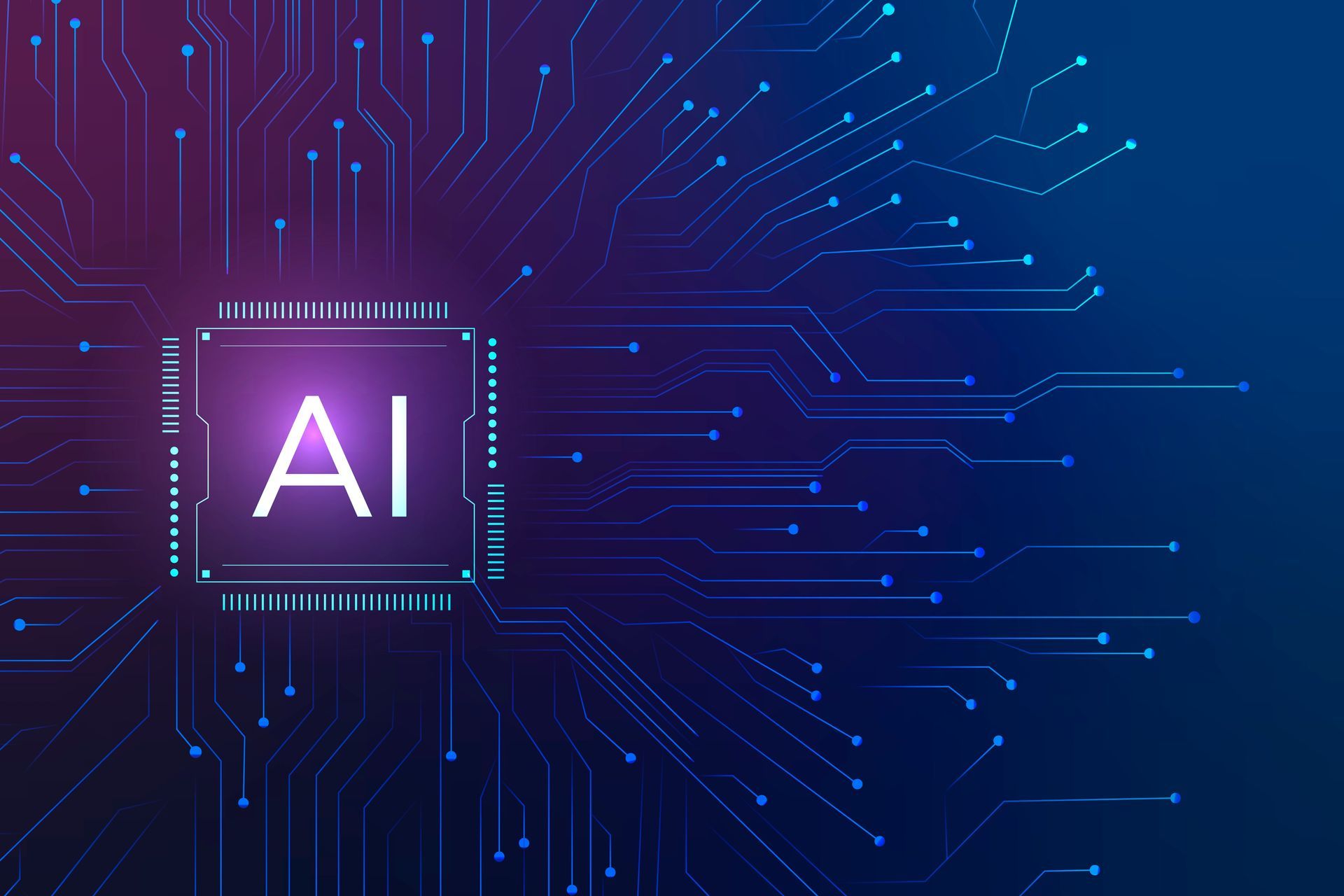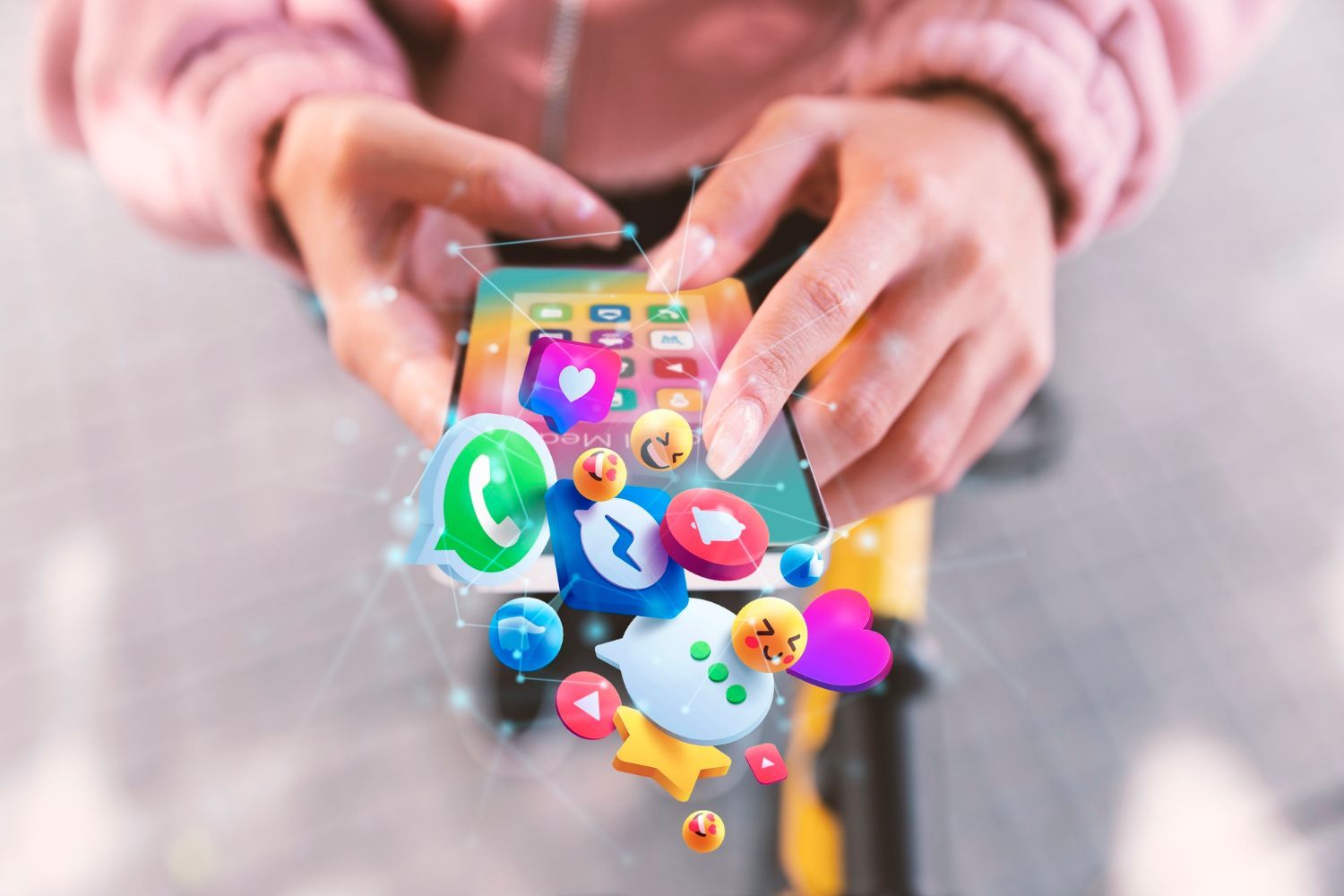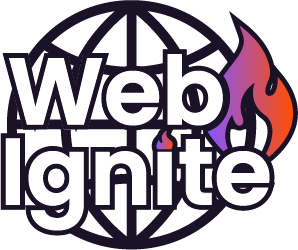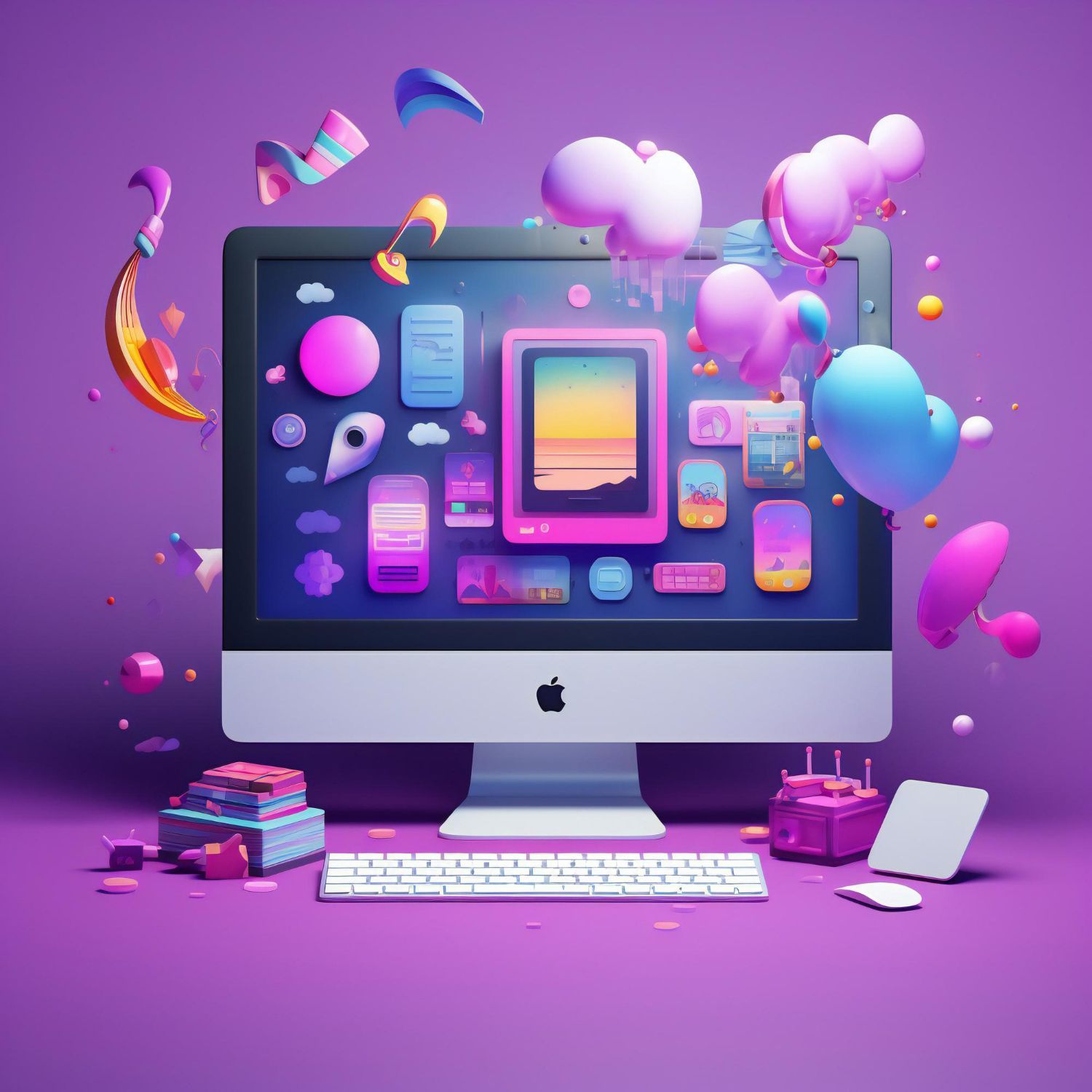The Future of Web Design: Embracing the Power of AI
Introduction.
In the ever-evolving landscape of web design, Artificial Intelligence (AI) is making a significant impact, revolutionizing how websites are created and experienced. As AI technologies continue to advance, designers and developers are exploring innovative ways to leverage AI's potential to enhance user experiences, streamline design processes, and create personalized, intelligent interfaces. In this blog, we delve into the fascinating world of AI in web design, exploring its current applications, future potential, and the exciting possibilities it holds for the digital future.

1. Understanding AI in Web Design
Defining AI and its role in web development
AI, in the context of web design, refers to the use of intelligent algorithms and machine learning techniques to automate various aspects of the design and development process. By analyzing vast amounts of data, AI systems can learn patterns, make predictions, and generate creative solutions, enhancing the efficiency and effectiveness of web design projects.
Machine Learning, Deep Learning, and Neural Networks
Machine Learning (ML) and Deep Learning (DL) are subfields of AI that have played a transformative role in web design. ML algorithms can identify user behavior patterns, enabling websites to deliver personalized content and experiences. DL, powered by neural networks, excels at recognizing complex patterns, making it ideal for tasks like image and speech recognition.
AI-driven Design Tools: The rise of intelligent design assistants
AI-driven design tools have emerged, allowing designers to leverage AI's capabilities for their projects. Design assistants, armed with predictive algorithms, can generate layout suggestions, select color palettes, and even create entire design mockups based on user preferences and data analysis.
2. Enhancing User Experience with AI
Personalization and User Behavior Analysis
One of the most significant advantages of AI in web design is its ability to personalize user experiences. By analyzing user behavior and preferences, AI can serve tailored content and recommendations, ensuring users find what they need quickly and effortlessly.
AI-powered Chatbots and Virtual Assistants
AI-powered chatbots and virtual assistants have become integral to modern websites, providing instant and personalized customer support. These AI-driven conversational interfaces understand natural language and can address queries, offer product recommendations, and guide users through various tasks.
Dynamic Content Generation based on user preferences
AI's capabilities extend to content generation, where it can create dynamic content based on user interactions. From personalized product recommendations to dynamic landing pages, AI can enhance engagement and conversion rates by delivering precisely what users need.

3. Streamlining the Web Design Process
Automated Layout and Design Systems
Designers can now harness AI to automate repetitive design tasks, such as creating layouts, arranging elements, and resizing images. Automated design systems enable quicker iterations and more efficient workflows, allowing designers to focus on more strategic aspects of the project.
AI-driven Code Generation and Optimization
AI has also found its way into web development, with tools that can generate code snippets for specific functionalities. AI-driven code generation reduces human errors and speeds up development time, resulting in faster deployment and reduced costs.
Reducing Development Time and Costs with AI
By streamlining design and development processes, AI contributes to cost reduction and increased project efficiency. Rapid prototyping, automated testing, and data-driven decision-making allow designers and developers to iterate and refine projects at a faster pace.
4. Designing for Accessibility and Inclusivity
AI-driven Accessibility Testing and Compliance
AI tools can analyze websites for accessibility compliance, helping designers identify potential issues and ensuring that websites are usable by all users, including those with disabilities.
Creating Inclusive Interfaces with AI assistance
AI's ability to understand user behavior allows designers to create more inclusive interfaces that adapt to users' needs. From font size adjustments to language preferences, AI assists in delivering a seamless experience for diverse users.
Empowering Users with Disabilities through AI
AI can also empower users with disabilities by providing personalized accessibility features. For example, AI can generate alternative text for images, offer voice navigation options, and assist users with motor impairments in interacting with the website.
5. AI and Visual Content Creation
AI-generated Graphics and Visual Elements
AI-driven tools can generate graphics, icons, and visual elements tailored to specific design preferences and branding guidelines. This opens up new possibilities for designers to explore creative concepts and deliver visually compelling experiences.
Image and Video Recognition for Enhanced Content
AI's image and video recognition capabilities enable automated tagging, categorization, and content analysis. By leveraging these technologies, designers can deliver contextually relevant media and create more engaging storytelling experiences.
The future of AI in Augmented and Virtual Reality
As AR and VR continue to gain traction, AI will play a crucial role in enhancing user interactions and experiences in these immersive technologies. From AI-powered virtual characters to real-time object recognition, the convergence of AI and AR/VR holds immense potential.

6. The Role of AI in Search Engine Optimization (SEO)
AI-powered Content Optimization
AI-driven content optimization tools help designers and content creators improve their website's search engine rankings. AI can analyze keywords, evaluate content quality, and suggest improvements to boost SEO performance.
Predictive Analytics for SEO Strategy
AI's predictive capabilities allow designers to anticipate trends and adapt SEO strategies accordingly. By leveraging AI insights, designers can stay ahead of search engine algorithm changes and optimize their websites for better visibility.
AI in Voice Search and Natural Language Processing
With the rise of voice search, AI's natural language processing capabilities are becoming crucial. Designers can optimize websites for voice queries and ensure that content is structured to match conversational search queries.
7. Ethical Considerations and Challenges
AI Bias and Algorithm Transparency
As AI systems learn from vast datasets, there's a risk of inherent biases being perpetuated. Designers must be vigilant in detecting and mitigating biases to ensure fair and inclusive experiences for all users.
Ensuring User Privacy and Data Protection
AI's data-driven nature raises concerns about user privacy and data protection. Designers must implement robust security measures and transparent data usage practices to safeguard user information.
Striking a Balance between Human and AI Creativity
While AI can automate many design tasks, the human touch remains invaluable. Designers must strike a balance between leveraging AI's efficiency and preserving their creativity and artistic expression.
8. The Future Landscape of AI in Web Design
AI-driven Web Design Trends and Innovations
As AI technologies continue to evolve, the future of web design promises groundbreaking trends and innovations. AI will become more intertwined with web development, influencing various aspects of the design process, from wireframing to final implementation. Websites will become even more personalized, intuitive, and adaptive, delivering tailor-made experiences to individual users.
Collaboration between Designers and AI Systems
The future of web design will see an increasing collaboration between designers and AI systems. AI will serve as an intelligent design assistant, offering valuable insights, generating creative ideas, and augmenting designers' capabilities. Rather than replacing human designers, AI will complement their skills and enable them to focus on higher-level tasks, fostering a harmonious relationship between man and machine.
The potential impact of AI on the job market for designers
As AI technologies continue to automate certain design tasks, concerns may arise about the impact on the job market for designers. While AI will undoubtedly reshape the design landscape, it also presents new opportunities. Designers can specialize in guiding AI-driven design processes, implementing ethical considerations, and creating innovative AI-driven experiences.
The future of web design is undoubtedly entwined with the power of AI. From enhancing user experiences to streamlining design processes, AI's potential in web design is vast and promising. As AI continues to advance, designers have an exciting opportunity to leverage its capabilities to create more personalized, inclusive, and innovative digital experiences. Embracing AI in web design is not only about embracing the latest technology but also about embracing the possibilities it brings to elevate the way we interact with the web. As we look to the future, the collaboration between human creativity and AI innovation holds the key to shaping a transformative digital world. As web designers, let us embrace the power of AI and forge ahead into a dynamic and exciting era of web design. Together, we can craft digital experiences that amaze and inspire, and redefine the possibilities of the web.
Get In Touch today to start the process of building your new website.
07917 102 824 | web.igniteinfo@gmail.com
Get In Touch.
Leave your details below and we'll get in touch as soon as possible.
Get In Touch
We will get back to you as soon as possible.
Please try again later.




Get In Touch!
Leave your details below and we'll get in touch as soon as possible.
Get In Touch
We will get back to you as soon as possible.
Please try again later.

Ignite Your Business With A Sleek Modern Website Built Bespoke For You
Contact Us
Privacy Policy @WebIgnite
2024




